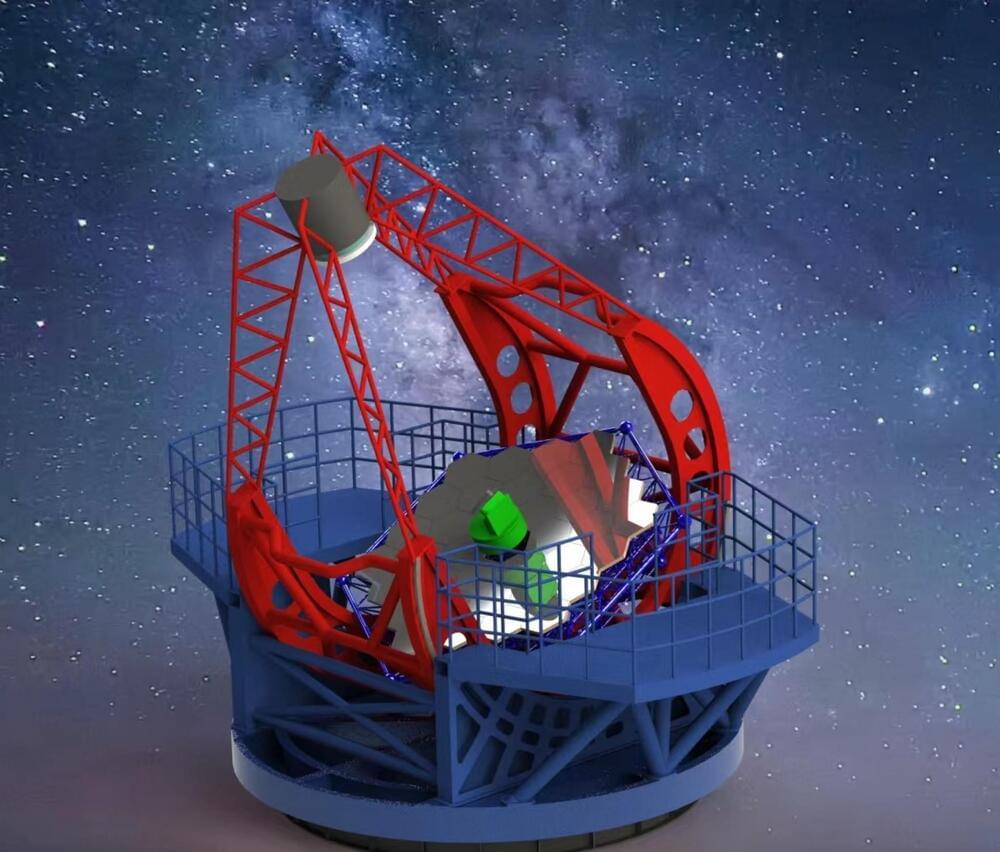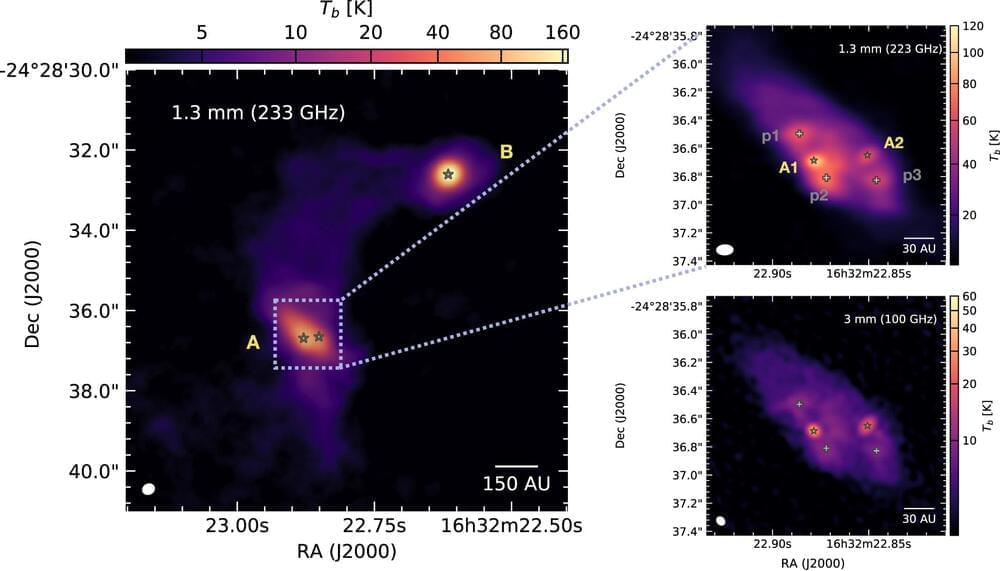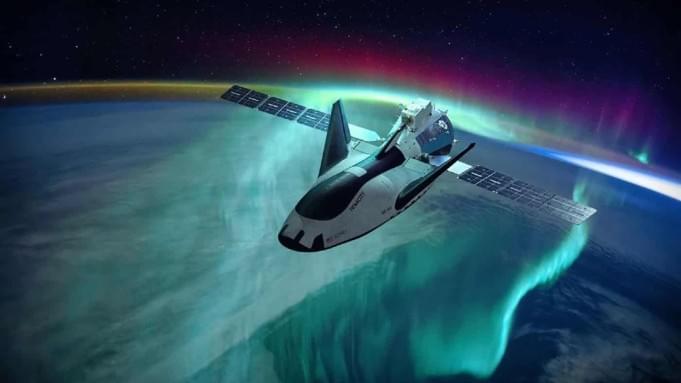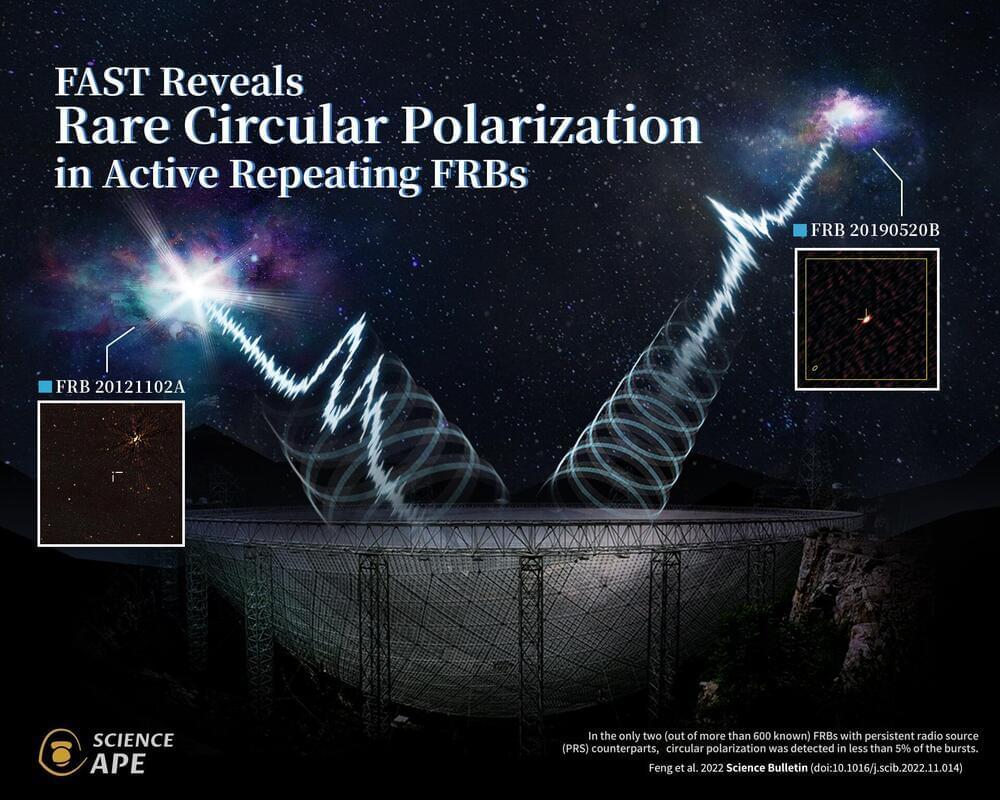In this article, we review the top 10 NFTs and why they make for great investments this year.
Non-Fungible Tokens, or NFTs for short, have been the buzzword for the year 2022. And, rightly so because even though it might seem like it is a new tech on the block, you will be shocked to know that there are more than 11 million NFTs out there. Each represents a unique (and, not to forget, valuable) piece of art which could be an image, video content, music, or anything else. And, yet, the industry is still in its infancy stage. We bring to you the only guide you will ever need to understand the uprising of the NFT market and what is all the attraction about. We have also shared some of our favorite NFTs to check out if you want to get active in space. This article features the top 10 NFTs that you should look out for in 2023.
Silks.






